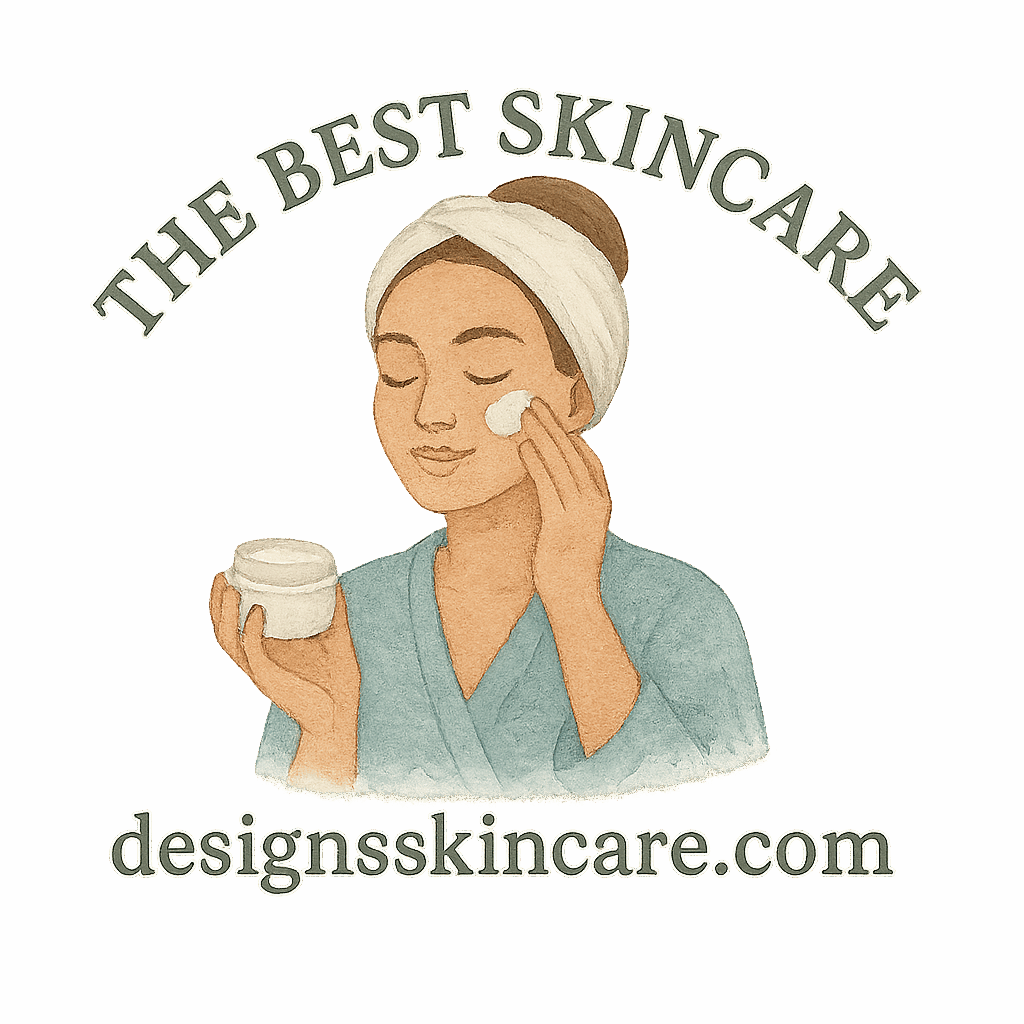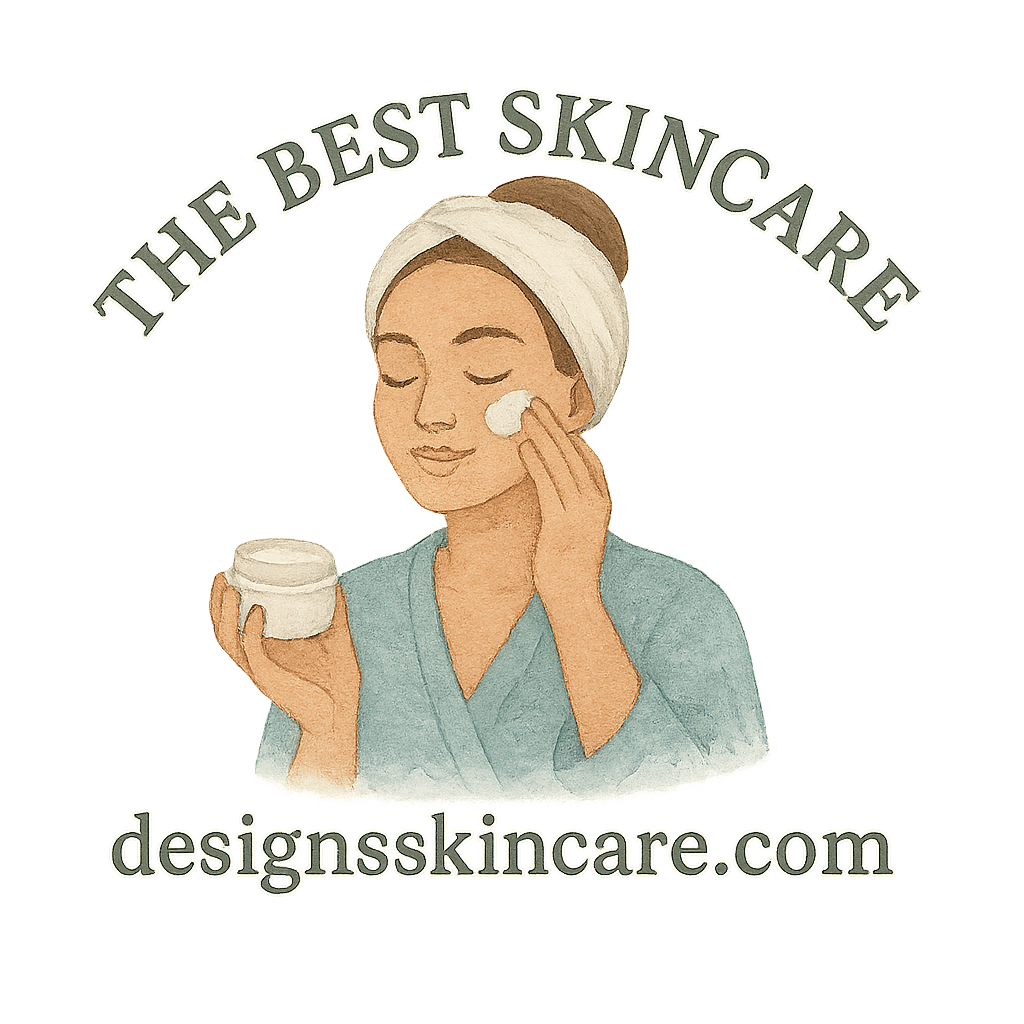Introduction: The Sneaky Culprits in Your Skincare
Ever spent a small fortune on skincare, only to find your acne got worse instead of better? Yeah, we’ve all been there. The truth is, not all skincare products are your skin’s BFF—especially when you’re dealing with breakouts. Sometimes, it’s not about what’s missing from your routine, but what’s lurking inside those beautifully packaged bottles.
Today, we’re diving into the top skincare ingredients to avoid if you have acne-prone skin—no fluff, just facts and helpful swaps.
Why Ingredients Matter in Acne-Prone Skin
Understanding Acne: More Than Just a Pimple
Acne isn’t just about oil and dirt—it’s a complex mix of hormones, clogged pores, inflammation, and sometimes, your very own skincare routine. If you’re using ingredients that are comedogenic (aka pore-clogging) or irritating, you’re basically handing acne an invitation.
(For hormonal insights, check out our hormonal acne resources.)
Your Skin Barrier: Friend or Foe?
Think of your skin barrier like a security guard. The right products support it. The wrong ones? They break it down and let in bacteria, pollution, and irritants that love to party on acne-prone skin.
Ingredient #1: Coconut Oil
Why It’s a No-Go for Oily or Acne-Prone Skin
Coconut oil is often praised for being “natural” and “hydrating,” but for acne-prone skin? It’s a nightmare. It scores high on the comedogenic scale, which means it clogs pores like nobody’s business.
Even if you’re into skincare on the go, coconut oil isn’t your travel buddy.
Better Alternatives to Coconut Oil
Instead, opt for non-comedogenic oils like jojoba, rosehip, or squalane. They hydrate without suffocating your pores.
Explore our skincare by skin type guide for better options tailored to your needs.
Ingredient #2: Alcohol (Denatured or SD Alcohol)
How It Strips the Skin and Triggers Acne
Sure, alcohol feels light and dries quickly, but it also destroys your skin’s moisture barrier, leading to dryness and overproduction of oil—hello, breakouts!
Hydrating Substitutes for Sensitive Skin
Look for glycerin, hyaluronic acid, or panthenol—all superstar hydrators featured in our hydration guide.
Need a deeper dive? We’ve got the full scoop in our skincare ingredients directory.
Ingredient #3: Fragrance (Synthetic or Natural)
The Hidden Irritant in “Nice-Smelling” Products
Fragrance doesn’t actually help your skin—it’s there to sell the product. But for sensitive or acne-prone skin, both synthetic and essential oils can trigger inflammation.
Go Fragrance-Free: Here’s Why
“Fragrance-free” isn’t just a trend—it’s a lifesaver for reactive skin types. Check out our beauty tips for finding skin-safe options that still feel luxe.

Ingredient #4: Sodium Lauryl Sulfate (SLS)
Disruption of Skin’s Natural pH Balance
SLS is the foaming agent in many cleansers. It also strips your skin dry, weakening its protective barrier and paving the way for pimples to thrive.
Gentle Cleansing Alternatives
Go for sulfate-free cleansers with ingredients like cocamidopropyl betaine or gentle enzymes. These are top picks in our skincare routine recommendations.
Ingredient #5: Silicones
Pore-Clogging Potential and Acne Flare-Ups
Silicones (look for dimethicone, cyclopentasiloxane, etc.) can trap dirt and oil, especially if you’re layering products. While not everyone reacts, acne-prone skin often does.
Lightweight, Non-Comedogenic Options
Try water-based moisturizers and gel-based primers. Bonus points if they come from our curated product guide.
Ingredient #6: Isopropyl Myristate
Why It’s a Common Comedogenic Ingredient
Used to give that silky feel, isopropyl myristate is notorious for clogging pores and causing congestion beneath the surface.
Better Texture-Enhancing Ingredients
Look for niacinamide, zinc, or ceramides. These not only help texture but also actively combat acne. You’ll find many of them in our skincare-acne archives.
The Problem with “Natural” Labels
“Natural” doesn’t mean acne-safe. Ingredients like essential oils, cocoa butter, and lanolin are all natural but highly comedogenic. Always check the label—and then double-check it with our buying skincare resources.
How to Read a Skincare Ingredient Label
It’s not just the top three ingredients that matter. Comedogenic ones can be buried halfway down the list. Learn how to decode labels in our skincare guide section.
Building a Routine for Acne-Prone Skin
Layering Products the Right Way
Yes, the order does matter. Cleanser → Treatment → Moisturizer → Sunscreen (daytime). No shortcuts!
What You Should Be Using
Opt for:
- Salicylic acid
- Niacinamide
- Benzoyl peroxide
- Non-comedogenic moisturizers
Browse our skincare routine section for full breakdowns and product guides.
Wrapping It Up: Smarter Choices for Clearer Skin
Avoiding these six ingredients can be the game-changer your skin’s been waiting for. Remember, acne-prone skin is high maintenance but worth the effort. Choosing clean, non-comedogenic ingredients helps you get one step closer to that glowing skin we all crave.
FAQs
1. Can I still use natural oils if I have acne?
Yes, but only non-comedogenic ones like rosehip or jojoba oil. Avoid coconut and cocoa butter.
2. Are silicones always bad for acne-prone skin?
Not always—but they can trap dirt and oil. Use with caution and always patch test.
3. What ingredients help acne-prone skin?
Look for salicylic acid, benzoyl peroxide, niacinamide, and sulfur.
4. What’s the best way to test a product?
Patch test on your jawline for 3-4 days before using it on your entire face.
5. Is fragrance-free skincare really that important?
Absolutely. Fragrance (even natural ones) can trigger inflammation and breakouts.
6. Should I completely avoid moisturizers if I have acne?
No way! Choose lightweight, non-comedogenic options. See our moisturizer tag for ideas.
7. How do I travel with acne-prone skin products?
Stick to essentials in mini sizes. Our portable products list can help you pack smart.


